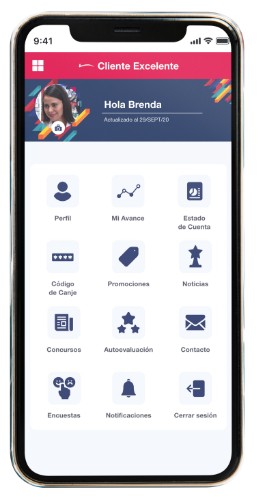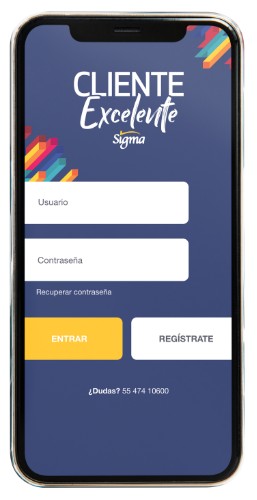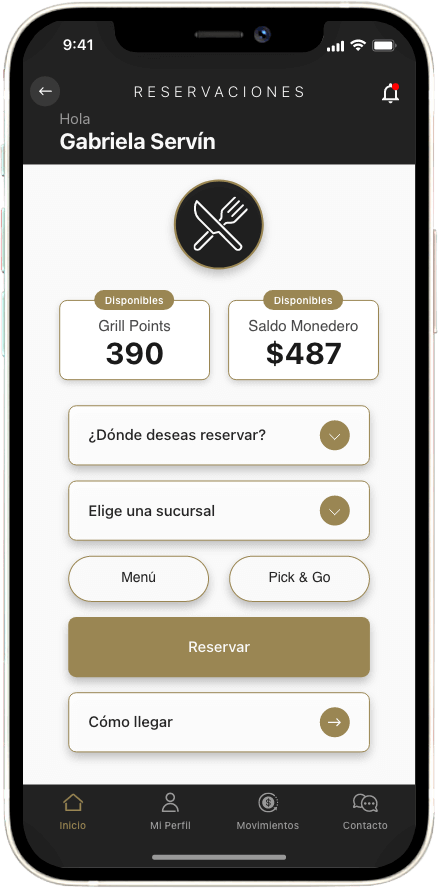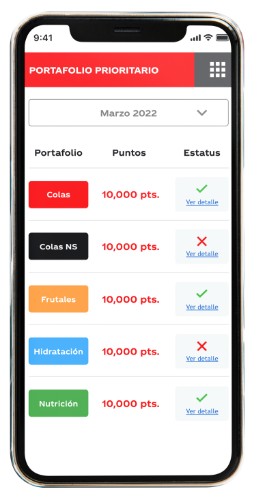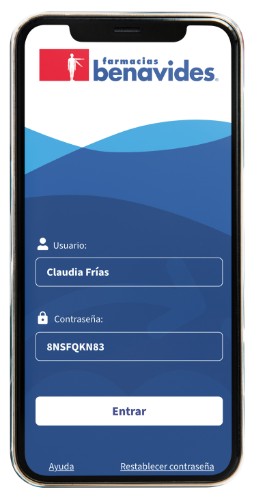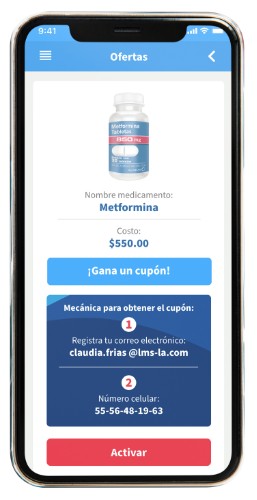Currently, talent retention is a great challenge for companies. A key strategy to address this is through and incentive program, with this a company pays or rewards its employees in order to motivate and retain them. Without a doubt, a good program lets you increase the productivity and efficiency of your team.
The importance of an effective rewards plan
The program must be studied in detail to find incentives that are appropriate for your company. If these are not chosen carefully, you won’t get the expected results. If you don’t know where to start, don’t worry, here we explain the points you should include in your plan.
1. Define your budget
The first factor to assess is your financial status, which is choosing the incentives according to the budget you have. As is logical, more money helps you offer a more complete plan. However, this does not mean that you cannot present a good program with a small budget.
2. Set the goals
Carefully define the goals you have with your project. To do this, you must be clear first about your purpose. Then, it is important to reckon with the company’s main goals. This way, you will know what points to focus on. A good option is to set monthly, semi-annual and annual goals.
3. Know your collaborators
A very common mistake of corporations is not knowing your team’s preferred incentives. Therefore, it’s essential to know what motivates workers. It’s complex to know all their concerns and needs, but regular meetings make it easier. In a large company, a questionnaire applied by human resources can help you, it will provide you with information you can adapt to your plan.
4. Design the program
In this phase, the program must be created based on the work team’s motivations, but also on the business objectives, since it’s very important to achieve a balance between the organization’s interests and your team.
You can choose between economic incentives (sales commissions, discount cards…) or focus on emotional salaries, such as flexible hours, short Fridays, more vacation days, etc. You can also do a combination of both. Do not forget that a planned project has to be easily measurable so it’s easier to evaluate it.
5. Make the project known
Clearly communicate the plan to your company members. In this sense, the following aspects must be defined: the purpose of the project, departments or teams to which the plan is directed, description of the incentive, objectives to achieve to get reward and the method to evaluate the achievement of those goals.
6. Monitor the results
Finally, keep checking if the project gives the results you are looking for. Check people’s participation, identify more precisely if the incentives are of the employees’ interest, and check if productivity has increased since the program’s implementation. Results should be monitored monthly, quarterly, or semi-annually.
Work incentives are a great tool your company’s growth and to differentiate yourself from your competitors. Using this program will motivate and create commitment in your collaborators. Additionally, it allows them to develop their talents and abilities to their very best.
